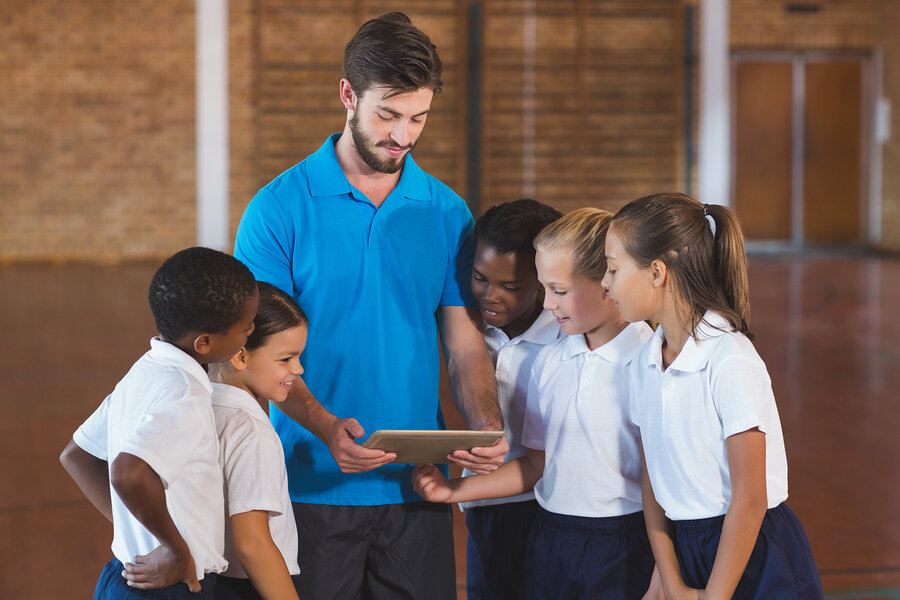The physical education (PE) class has been known for decades more as a non-recreational recess than a PE class; at least this is the case in many schools in America. Children go out to play, but with an educational objective from an athletic perspective. The sports disciplines that the class will include throughout the semester will depend upon the teacher, his/her preparation, and the facilities and resources available to the institution.
The United States, for example, does not have a national physical education curriculum, according to the most recent information collected in 2016; neither does Mexico. In both countries, physical education has not had the same progress and evolution as other curricular subjects. Yet physical education is critical, especially in countries with high levels of childhood obesity, such as in the former.
What is missing from PE to fulfill its purpose of developing motor, sports, and social skills in students, as well as keeping them healthy? In the absence of school programs for sports development, technology is a good option.
The case of a teacher in Chicago
Jon Szychlinski has a concern that could change the way physical education is taught in schools. For this teacher in the Berwyn North School District 98 in Illinois, physical education is the same, but every child is different. Szychlinski works closely with developers of monitoring software to provide each student with a personalized physical education he/she needs to meet the class goals.
The teacher advocates the use of data to show a general state of students’ physical health, performance, nutrition, and their accomplishment of class objectives. Szychlinsk believes that not only the data but also the context behind it can help students see the patterns between their physical health and their academic level. This produces concrete evidence of the effects of the students’ decisions about their eating habits and physical activities and guides them to better behaviors that benefit them in this field.
The necessity for continuity in a physical education project
Monitoring programs and mobile apps are just tools; at the end of the day, it is possible to take advantage of them to detect patterns in the information about the students’ nutrition and physical activities. But this will not have a significant impact unless the schools record and quantify these patterns and the students’ progress in PE classes under a uniform standard.
We have clear and consistent metrics when assessing skills and knowledge in subjects such as math or Spanish at state and national levels. Still, the same criteria do not exist for sports classes in countries such as the United States or Mexico. One of the biggest challenges would be to develop a curriculum that would allow continuity in the development of a health and wellbeing culture at schools that covers both the physical abilities of the students as well as their health indicators. The base problem is that there is a lack of understanding that the physical education class is not merely to teach children how to play sports, but rather, to be and feel good. There exists a broad spectrum of integral well-being that is rarely seen included in physical education programs.
Physical education, well applied, can have a significant impact on the academic performance of students, as well as their emotional health, social skills, and stress level. More than just offering an hour of physical activity and games, PE can change the mood and complete disposition of the students in a classroom, whether through projects that substitute meditation sessions for suspension or detention or apps that help to master the discipline.
Another critical challenge is the privacy and security of the data used to develop efficient strategies for physical education. Student physical performance and health data are private and sensitive information; using it for educational purposes not only carries a risk of leakage but also the responsibility for hypervigilance. The integration of apps for monitoring and recording of data implies establishing both dialogue and ethical rules that create a balance between taking advantage of the information and respecting the privacy of the students.
Monitoring tools that integrate physical and mental well-being are valuable because they allow physical education to be more than just teaching about sports and games and, thereby, create a more significant positive impact on the day-to-day life of students. But what is most needed is to re-prioritize physical education as part of the educational strategy and not as a “supervised recreation.”
This article from Observatory of the Institute for the Future of Education may be shared under the terms of the license CC BY-NC-SA 4.0 
)
)


)